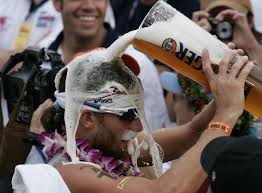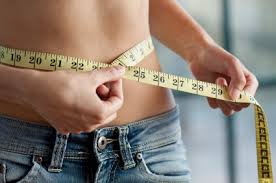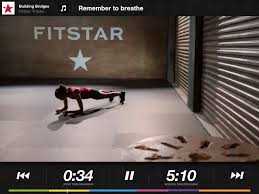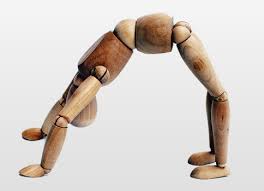Living a healthy lifestyle might include avoiding alcohol for some, but for others, alcohol just like exercising is a means of socialising and relaxation.
Whether you exercise casually or competitively it is important to understand the effect alcohol can have on your performance. Taking too much alcohol could hinder or even prevent you from reaping the benefits from your hard work exercising.
THENATTYBROFESSOR shall discuss the ways alcohol is processed and how it affects your body. Alcohol is metabolised by the liver, by enzymes known as Alcohol Dehydrogenase (ADH) and Aldehyde Dehydrogenase (ALDH). The by-products are acetates, cardon dioxide and water which the body tries to excrete.
Alcohol is not a nutrient, and it is high in calories, about 7 kcal per gram which is close to 1g of fat. Therefore frequent drinking could actually be contributing to your weight gain. “Hello beer belly!”
So how does drinking alcohol actually affect your workouts?
- Alcohol is a Diuretic. This means that it dehydrates your body, which is usually through urination. Exercising soon after drinking alcohol can make dehydration worse because you also sweat during exercise. Dehydration leads to reduced exercise performance. You need to be well hydrated when you exercise to maintain the flow of blood through your body, which is essential for carrying oxygen and nutrients to your muscles, thus maximising performance.
- Alcohol interferes with Carbohydrate metabolism. When alcohol is being metabolised in the liver, it takes priority over other processes like carbohydrates metabolism to produce glucose for energy. Therefore, this will affect your performance when you exercise.
- Alcohol hinders muscle-gain. Researchers foudn that drinking reduced the activation of mTORC1, a chemical pathway that stimulates the muscle-growing process after exercise. So all your hardwork at the gym would have been flushed down with the alcohol you ingested.
But THENATTYBROFESSOR is not asking you to avoid alcohol altogether, as a couple of drinks occasionally with friends and family is healthy for your social life. So let us look at aosme practical steps for managing your alcohol intake.
-
Plan in advance — Think about where you are going, who you will be with and how much you are going to drink.
-
Eat before or while you are drinking — Eating carbohydrate-rich foods following exercise helps replenish muscle fuel stores. Eating slows down your drinking pace and fills you up.
-
Pace yourself — Space alcoholic drinks with non-alcoholic. You will drink much faster if you are thirsty, so have a non-alcoholic drink to quench your thirst before you start drinking alcohol, particularly after exercise.
-
Drink slowly — Sip your drink, do not down it in gulps. Put your glass down between sips.
-
Choose drinks wisely — Choose low-alcoholic beers or use large glasses to mix spirits with plenty juice or soft drink.
-
Be the designated driver — If you have made the decision not to drink and are worried that there might be pressure from your friends, let them know that you are the designated driver.
-
Drink one drink at a time — Do not let people top up your drink if you have not finished it — it is a lot harder to keep track of how much you have drunk.
-
Keep yourself busy — If you are occupied you tend to drink less. Have a dance or play pool, do not just sit and drink.
-
Make sure you rehydrate before you go to bed — One of the best ways to prevent a hangover is to make sure you drink water before you go to sleep. Drinking water throughout the evening between drinks is also a good option.
- The morning after: Take vitamins, fruits and hydrate yourself.
But most importantly, NEVER DRINK AND DRIVE people!
Cheers and #StayAlpha
#dontbeboozinandpumpin
#alcoholstopsgains
References:
http://health.howstuffworks.com/wellness/drugs-alcohol/hangover4.htm


































